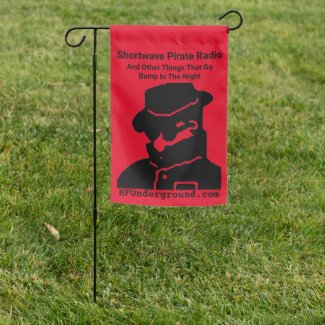Yes, I understand. Clearly you need some amplification to use that active antenna at all, which is what I would expect.
Understand that the overloading, which I will sometimes call "spurious" below, could be coming from the active antenna amplifier if it is overloaded or it could be coming from the receiver "front end", the circuitry before the signal detection and conversion to audio. We're still in the mode of figuring out where the overloading is coming from, so a couple things to try, in recommended order:
1) You can buy or make a fixed or variable attenuator and install that between the receiver and the active antenna. I suggest a 20 dB attenuator as a start, as a nice round number. This should reduce all signals coming into the receiver, spurious or not. You may have to increase the attenuation beyond 20 dB to see things start to happen.
For the purposes of experimentation and to avoid having to buy something, you can try making "a poor man's attenuator" with a thru-hole resistor (i.e., a resistor with wire leads) and maybe some alligator clip leads, placing the resistor in series (i.e., in line) with the output of the active antenna. Use whatever you have available; it doesn't have to be precise, but know that in this case more resistance should mean more attenuation. Try something in the 100 to 500 Ohm range to start.
If you can kill the overloading at the cost of only slightly impacting received signal strength, then this is the best case and the overloading is likely coming from the receiver "front end". If you haven't already, make the attenuator a permanent fixture and go about your listening. You are done.
If you keep increasing attenuation and get to the point where things are starting to go "deaf" and there are still signs of overloading, even while the overall level of everything is reduced due to the attenuator, and the proportion of overloading to non-spurious seems about the same as before you added the attenuator, then it's likely that the antenna amplifier is the root of the issue. This is because adding the attenuator after the amplifier means that you have done nothing to impact the incoming signals to the active antenna, thus it is spewing out spurious products just as before and the proportion of spurious products to intended signals remains the same.
2) If the the results of 1) above point to the antenna amplifier here's something to try:
If you have a variable power supply (even a switching supply), you can try running the antenna off an even lower voltage than from the battery, (<10 V) and see if that improves the overloading. You can continue to lower the voltage until it either goes away or at least becomes tolerable. (You won't damage anything by doing this.) You will hopefully notice things becoming increasingly "deaf" as you decrease the voltage. Given the results of 1) above, I would expect that the overloading reduces massively as you vary the voltage to the amplifier. This is because reducing the voltage to the amplifier reduces the gain of the amplifier and reduces the tendency to overload.
At some point the amplifier won't work very well but I suspect that won't happen until you arrive at a much lower voltage, maybe 6 Volts, so there will be plenty of room to experiment with. If you like the results at some arbitrarily lower voltage, you can buy or make a fixed voltage linear power supply to power the active antenna at that voltage to replace the variable one, if you so choose. The active antenna does not demand much current, likely less than 1 Ampere.



